Best Practices Articles

Hidden Value: Why Companies Miss What Partners Do
In today's business world, collaboration between companies is essential. It helps organizations grow, innovate, and reach more customers. But even though these alliances are key, it's often hard for companies to show their impact to top leaders. This problem makes partner programs seem less critical and can lead to less money being put into them. Chris Messina, an expert in partner programs, calls this "partner invisibility". For many years, partner teams have built strong connections and worked together. However, when they try to show their results in numbers that company leaders understand, the numbers often don't tell the whole story. This isn't because partners aren't doing good work. It's because how we measure things frequently focuses only on direct sales or immediate money. These measures miss many other ways partners add value, like making customers happier, helping build new products, or improving the company's name. Because of this, collaboration programs often don't get enough money or support to do their best. This article will examine why alliances are hard to see, why old measuring methods don't work, and how new ideas are needed to show what partners truly do. Chris Messina’s experience of collaborations failing "on paper" after 15 years shows how much this is required.
🎥 Watch the Full Video Podcast
Why Old Ways of Measuring Don't Work
A big reason this work is hard to see is that the old ways of measuring it are limited. Chris Messina says alliance efforts often rely on "everybody else's metrics, KPIs, tools". This means partner teams have to use reports that were made for sales or marketing, not for partners. These reports only care about quick sales and how much money comes in directly. But alliances do much more than just direct sales. For example, a tech partner might help make a product better, but this won't appear in a sales report. Working with another company can strengthen your brand, but that's hard to measure with sales numbers.

Using other teams' tools also causes problems. Messina calls this the "get off my lawn problem. There can be arguments when partner teams try to take credit for things measured by another team. This is because these tools don't just measure success for those teams; they say what success is for them. This leaves collaboration programs without their own clear goal. So, partner professionals often have to go back and dig through old information to prove what they did. This is not a good way to work, making it hard to plan for the future. When there's no special way to measure, many valuable things partners do – like working together on marketing or sharing ideas – just don't get seen. It is always hard to get leaders to trust and invest in partners.
QuarkAI's Start: Fixing the "Invisible" Problem
Seeing this big problem is what made Chris Messina start QuarkAI. His experience of collaboration looking successful in practice but weak on paper inspired him. He spent a year looking into the main problem: "nobody believes us". He felt bad that he was "costing you money" instead of making it for his old company, which made him decide to leave and find a solution. Messina first thought about a big-picture plan, like looking at how likely ecosystems would succeed. But then, he realized that new AI technology was the key. AI could help dig into all the small details of how partners work, finding value previously missed.
The name "QuarkAI" shows this idea. A QuarkAI is a tiny particle, and the company wants to prove value at that "subatomic level". This means finding all the good things partners do that don't usually show up in other teams' numbers. These things are essential for the business, but don't fit into regular sales reports. The main goal is to get company leaders to trust alliances and invest in them. QuarkAI wants to create one clear way to measure things and a common language everyone can use to discuss partner value. This will let partner leaders truly "show our work, show our value" in a way that leaders will understand and act on. This change from trying to explain past work to showing clear, data-based proof is at the heart of QuarkAI's plan to change how partner programs are seen.
The Way Forward: One Clear Way to Measure Collaborative Success
To fix the problem of partners being invisible, we need one clear way to measure their work. This is what Chris Messina and QuarkAI are building: a "unified metric that we can all speak the same language". For a long time, partner leaders used different ways to measure success even in the same industry. This made it hard to compare results or show value across the company. QuarkAI's answer is its "shared value index". Messina says it's like a "credit score for the partners". This idea makes it easy to understand how they will rate a partner's overall health and what they contribute.

This shared value index is not a strict rule for everyone. It's a brilliant score that looks at many different pieces of information. It uses a company's past and real-time data, data from tools that map accounts like Crossbeam, and essential outside data. This outside data comes from places like Crunchbase (for company info), G2 (for reviews), and BuyerCaddy (for tech trends). It also looks at how people feel about a company online. The goal is not to have a "black box metric" that no one understands. Instead, it shows all the "impact points" so companies can see why a score was given. This helps gain the trust of leaders, especially the CFO, who needs to believe the numbers are real and tied to money. The shared value index goes beyond just leads by showing how partners indirectly bring in money. It shows the full value partners create. This precise measure helps companies choose where to put their money and get the most out of their partner programs.
Conclusion
The start of QuarkAI's shared value index is a big step for managing collaborative business programs. For a long time, what partners truly did was hidden because of weak ways of measuring and scattered information. This stopped alliance programs from getting the attention and money they needed. But now, with intelligent AI and a clear understanding of how partners add value, the future looks much brighter. Moving from counting leads and direct money to a complete, clear "shared value index" is a giant leap forward. This new way understands that alliances help in many ways – making customers happy, creating new ideas, reaching new markets, and strengthening the company's name. It gives the tools needed to show all this impact. By having one clear way to measure and understand collaborative success, companies can finally see the actual value of their ecosystem programs. This change isn't just about better reports. It's about changing how people see partnerships, from something that costs money to something that makes money and helps the company stand out. Chris Messina says his goal is to help "an industry of people who I love and we get our butts kicked a lot". QuarkAI's success means better numbers and a stronger, more respected alliance field. The path is now more straightforward for partner leaders to become the critical company leaders they should be, with clear facts that show how much they help the company's bottom line and long-term success.
Best Practices Guidebook
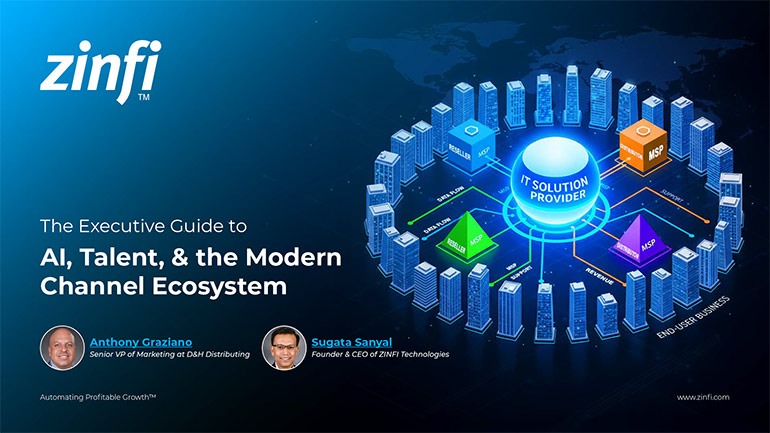 Modernizing Channel Marketing: AI and Ecosystem Enablement Best Practices
Modernizing Channel Marketing: AI and Ecosystem Enablement Best PracticesDownload for FREE
 The Channel’s Shift to Partner-Led With AI Best Practices
The Channel’s Shift to Partner-Led With AI Best PracticesDownload for FREE
 Hyperscalers, ISVs, and AI: Shaping the Future of B2B Software Distribution
Hyperscalers, ISVs, and AI: Shaping the Future of B2B Software DistributionDownload for FREE
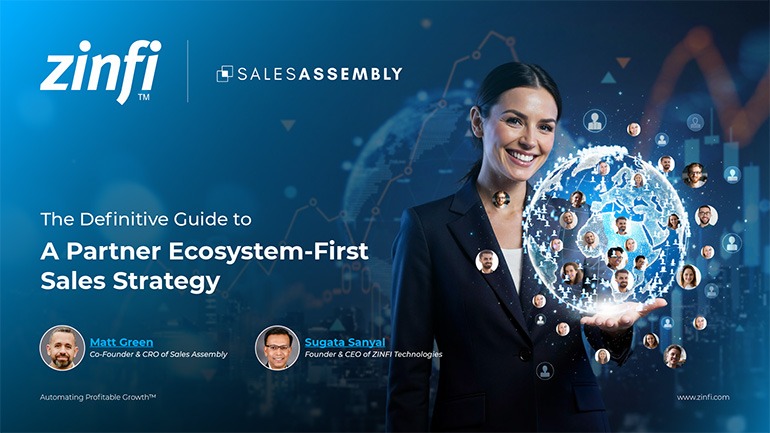 Definitive Guide to a Partner Ecosystem-First Sales Strategy
Definitive Guide to a Partner Ecosystem-First Sales StrategyDownload for FREE
 The Partner-Led Digital and AI Transformation Best Practices
The Partner-Led Digital and AI Transformation Best PracticesDownload for FREE
 Startup Talent Recruitment: Hiring Missionaries, Not Mercenaries
Startup Talent Recruitment: Hiring Missionaries, Not MercenariesDownload for FREE
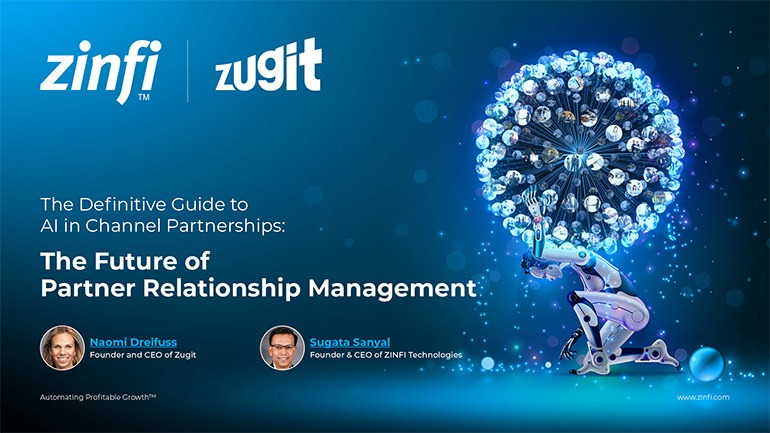 The Future of Partner Relationship Management with AI in Partnerships
The Future of Partner Relationship Management with AI in PartnershipsDownload for FREE
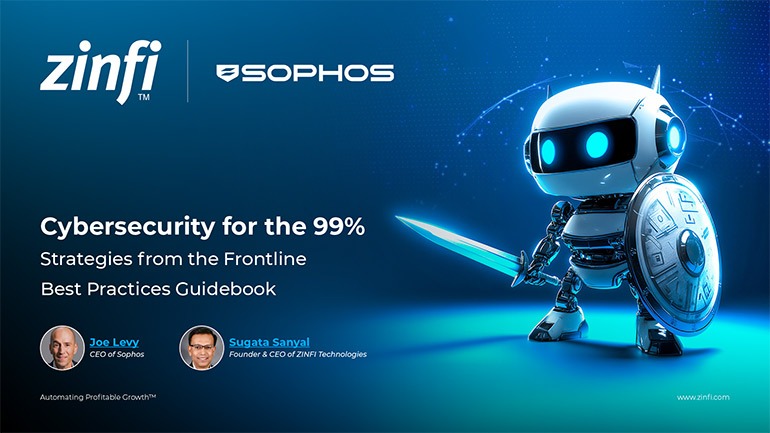 Cybersecurity for the 99%: Strategies from the Frontline
Cybersecurity for the 99%: Strategies from the FrontlineDownload for FREE
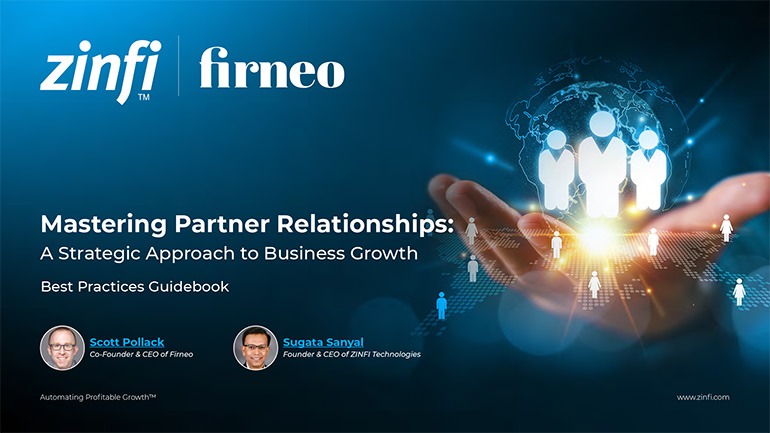 Mastering Partner Relationships: A Strategic Approach to Business Growth
Mastering Partner Relationships: A Strategic Approach to Business GrowthDownload for FREE
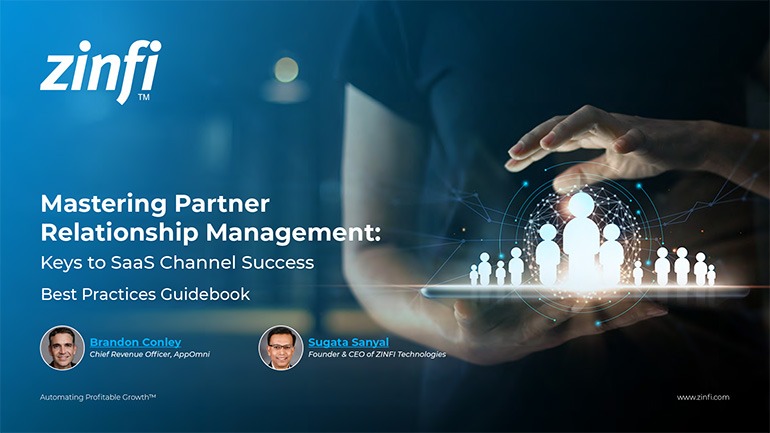 Mastering Partner Relationship Management: Keys to SaaS Channel Success
Mastering Partner Relationship Management: Keys to SaaS Channel SuccessDownload for FREE
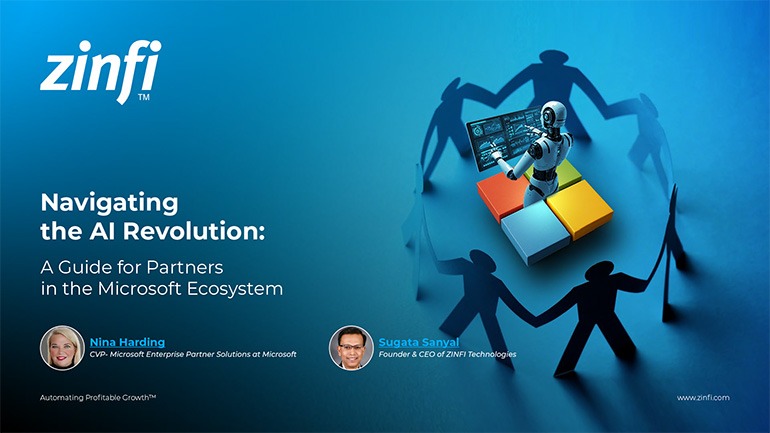 Navigating the AI Revolution: Guide for Partners in the Microsoft Ecosystem
Navigating the AI Revolution: Guide for Partners in the Microsoft EcosystemDownload for FREE
 Mastering the Modern Buyers Journey: Sales Leader’s Guide to AI & Engagement
Mastering the Modern Buyers Journey: Sales Leader’s Guide to AI & EngagementDownload for FREE










